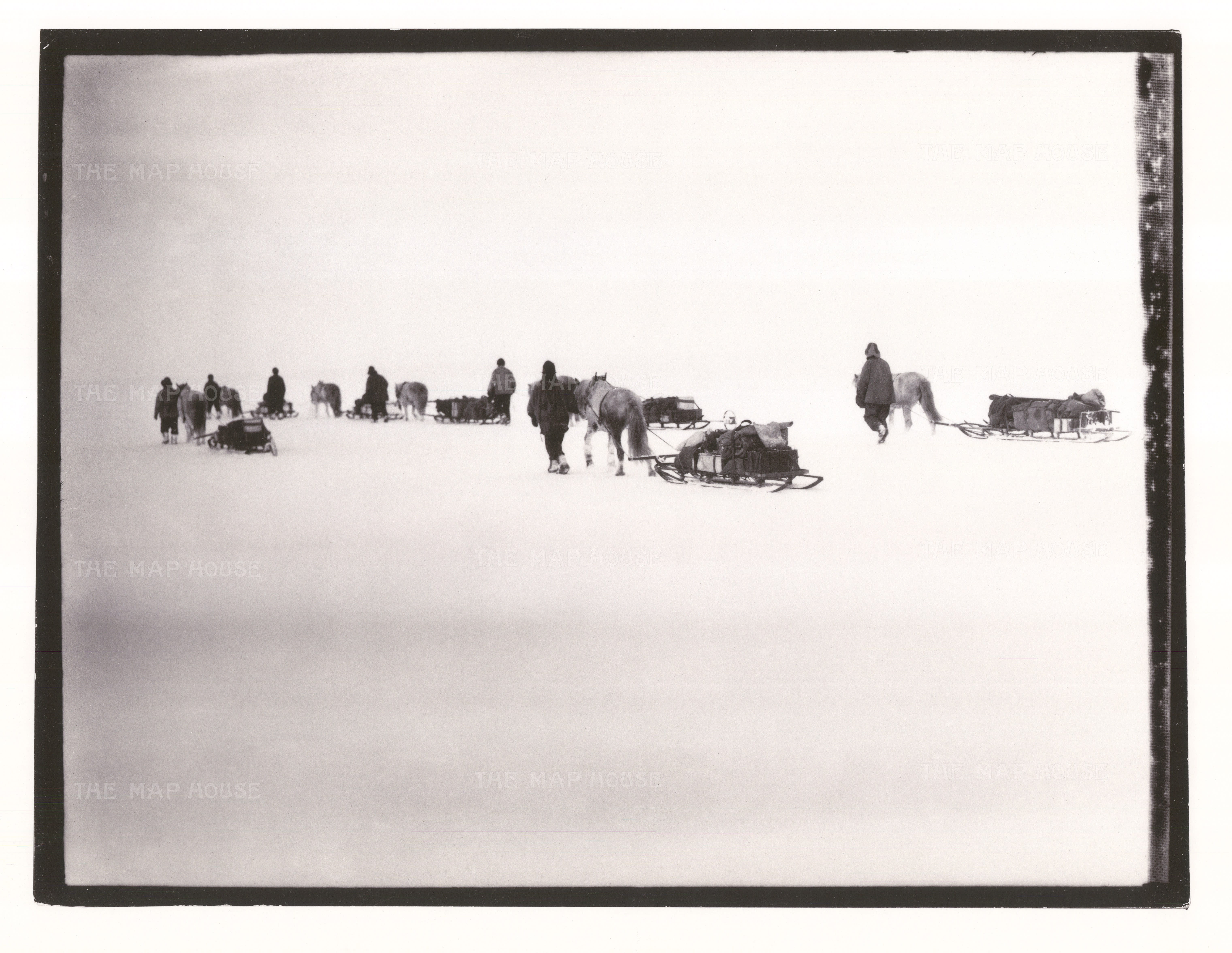
Captain Scott and his team reached the South Pole on 17th January 1912, only to find Norwegian Roald Amundsen had got there before him 34 days earlier. We present to you his lost photographs from The British Antarctic Expedition of 1910 – 1914.
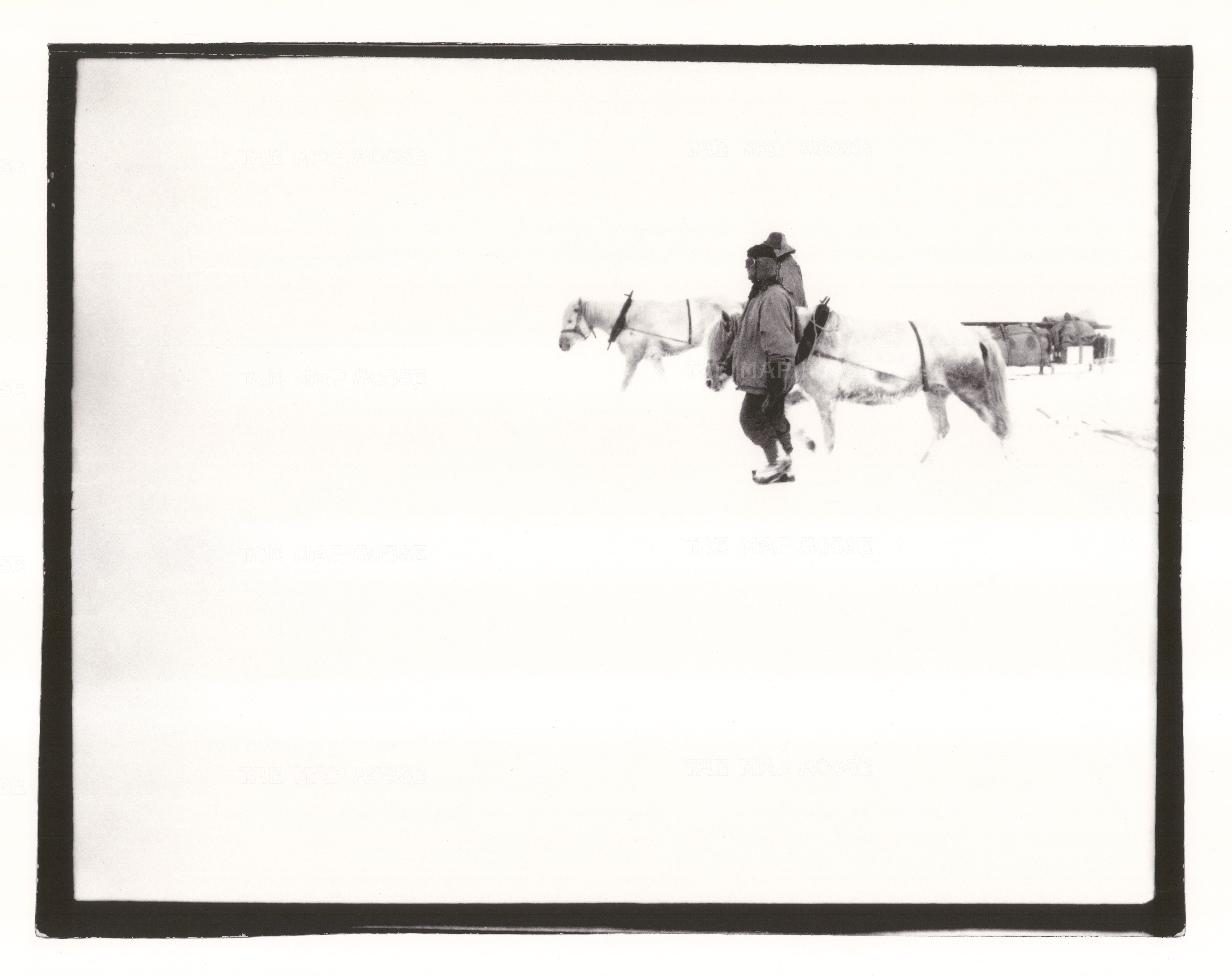
S91: Ponies on the march, Great Ice Barrier, 2 December 1911
These stunning images are at The Map House to partner our Polar collection and catalogue, The Mapping of Antarctica. They show the majestic and evocative Antarctic landscape like never before and tell tales of a triumphant but harrowing journey.
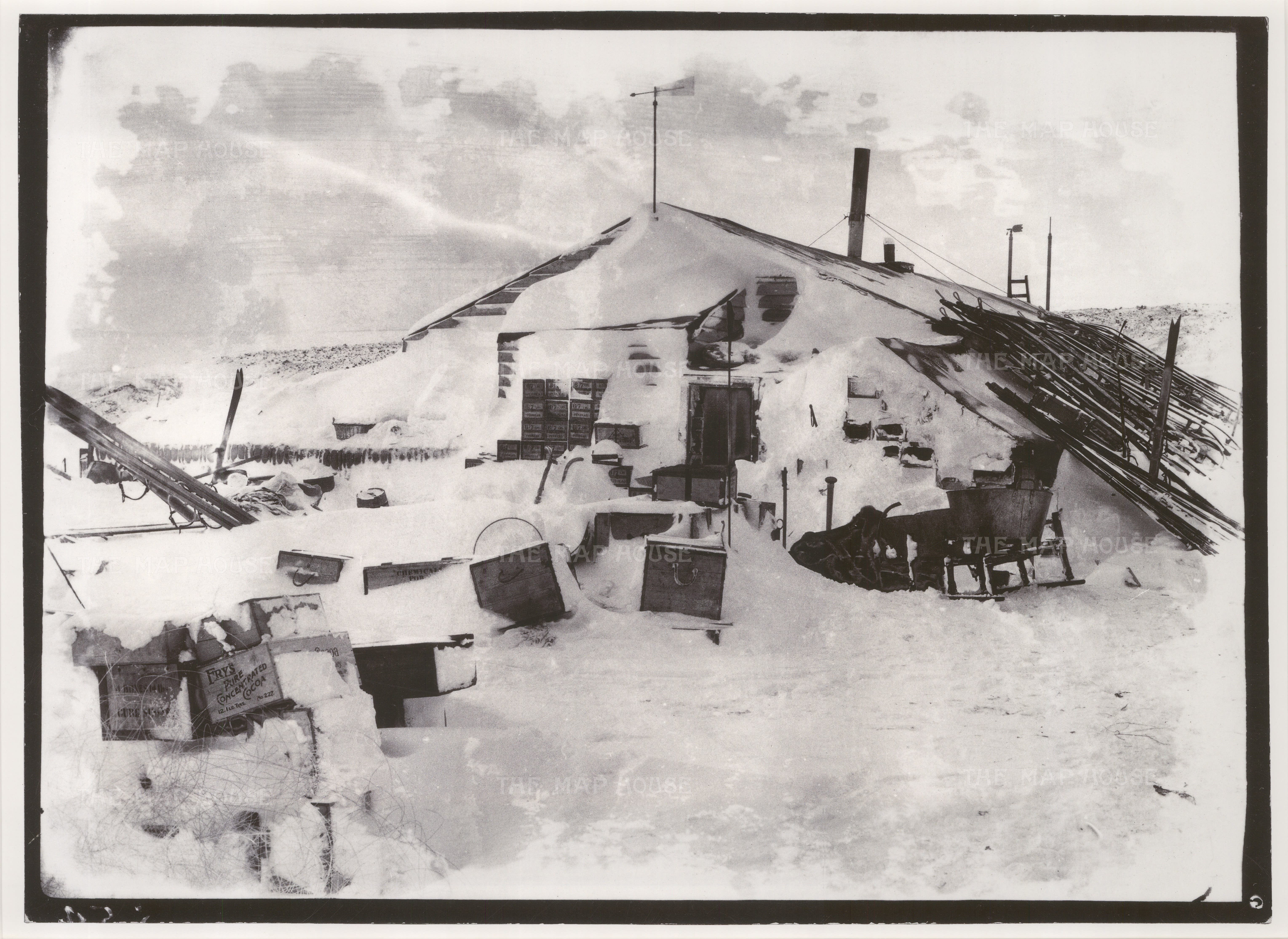
S54: Winter Quarters: The expedition hut, Cape Evans, October 1911

S20: View of Cape Evans from Ramp, Cape Evans, October 1911
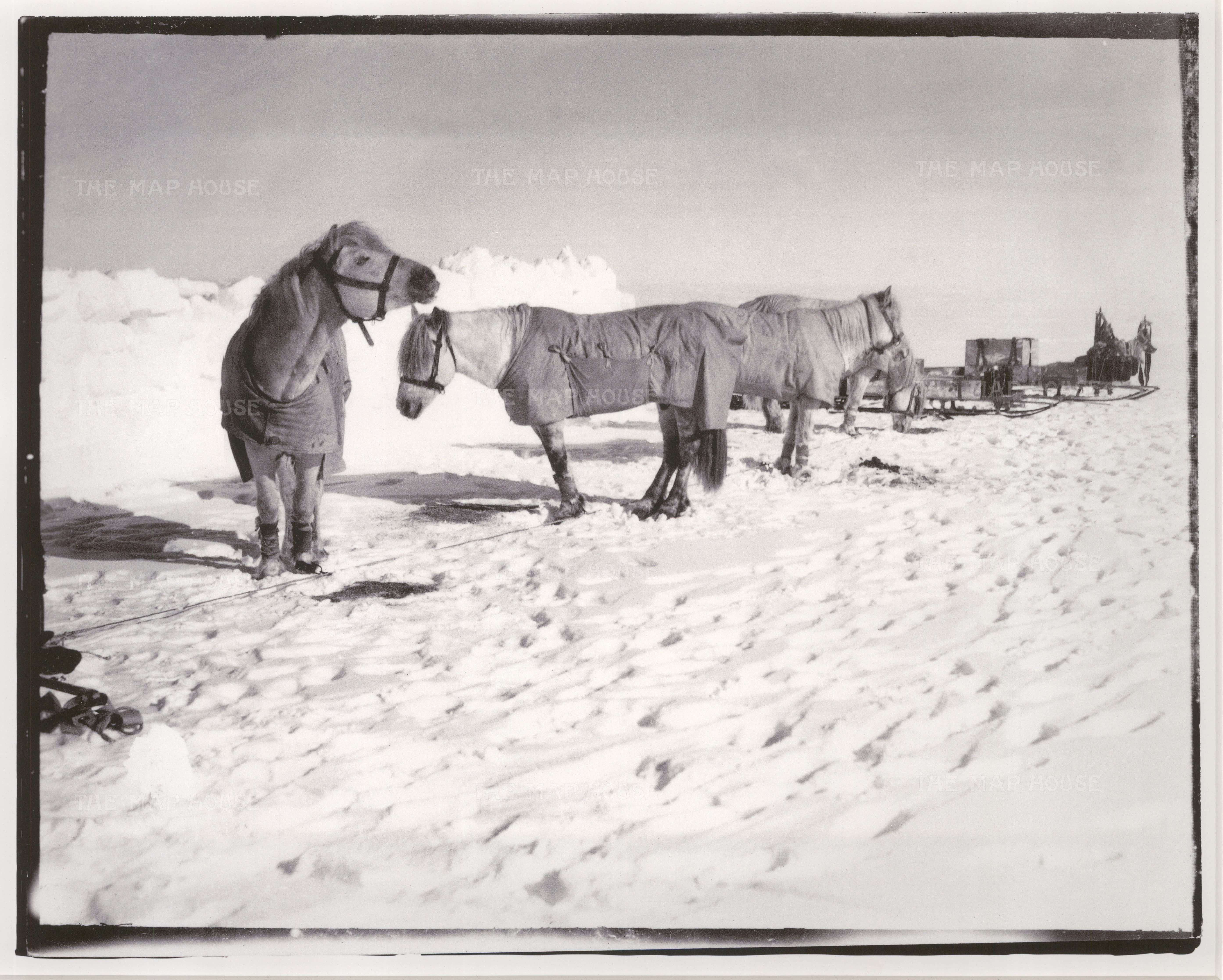
S21a: Pony Camp, Camp 15. (Left to right) Snippetts, Nobby, Michael and Jimmy Pigg. Great Ice Barrier, 19 November 1911
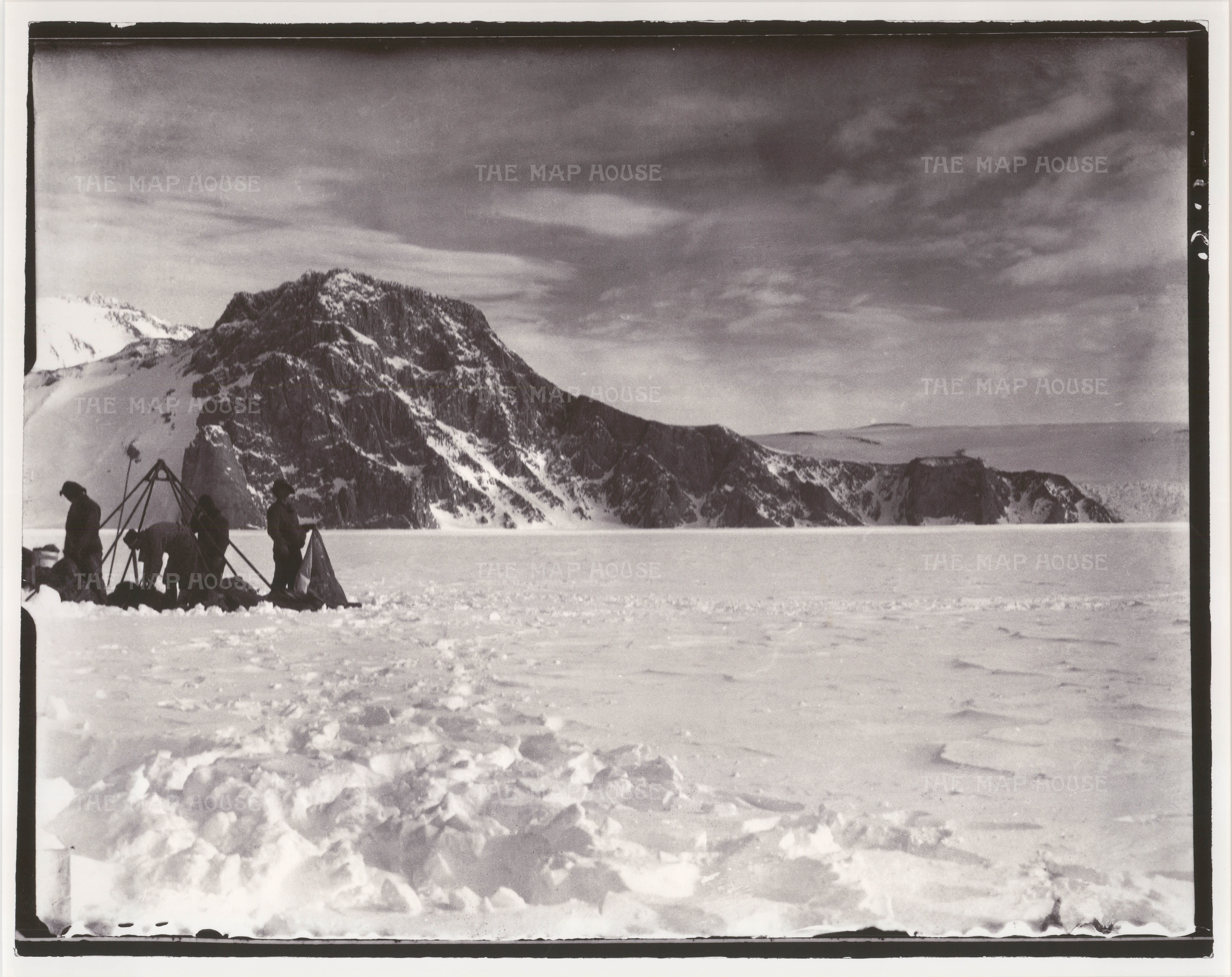
S34: Looking North-West towards the Pillar Rocks and Moutn Smith, Beardmore Glacier, 12 December 1911
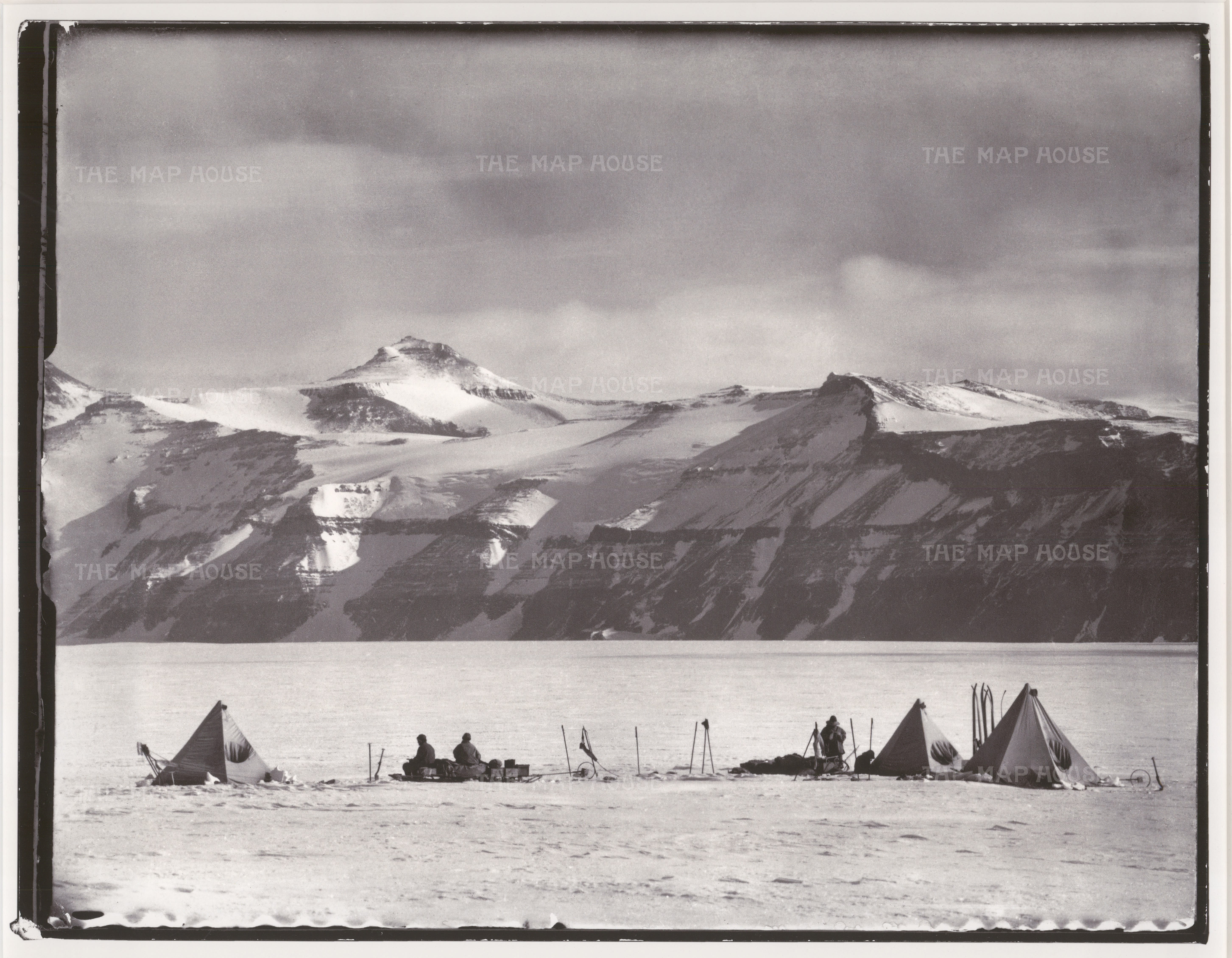
S35: Camp under Wild Mountains, Beardmore Glacier, 20 December 1911
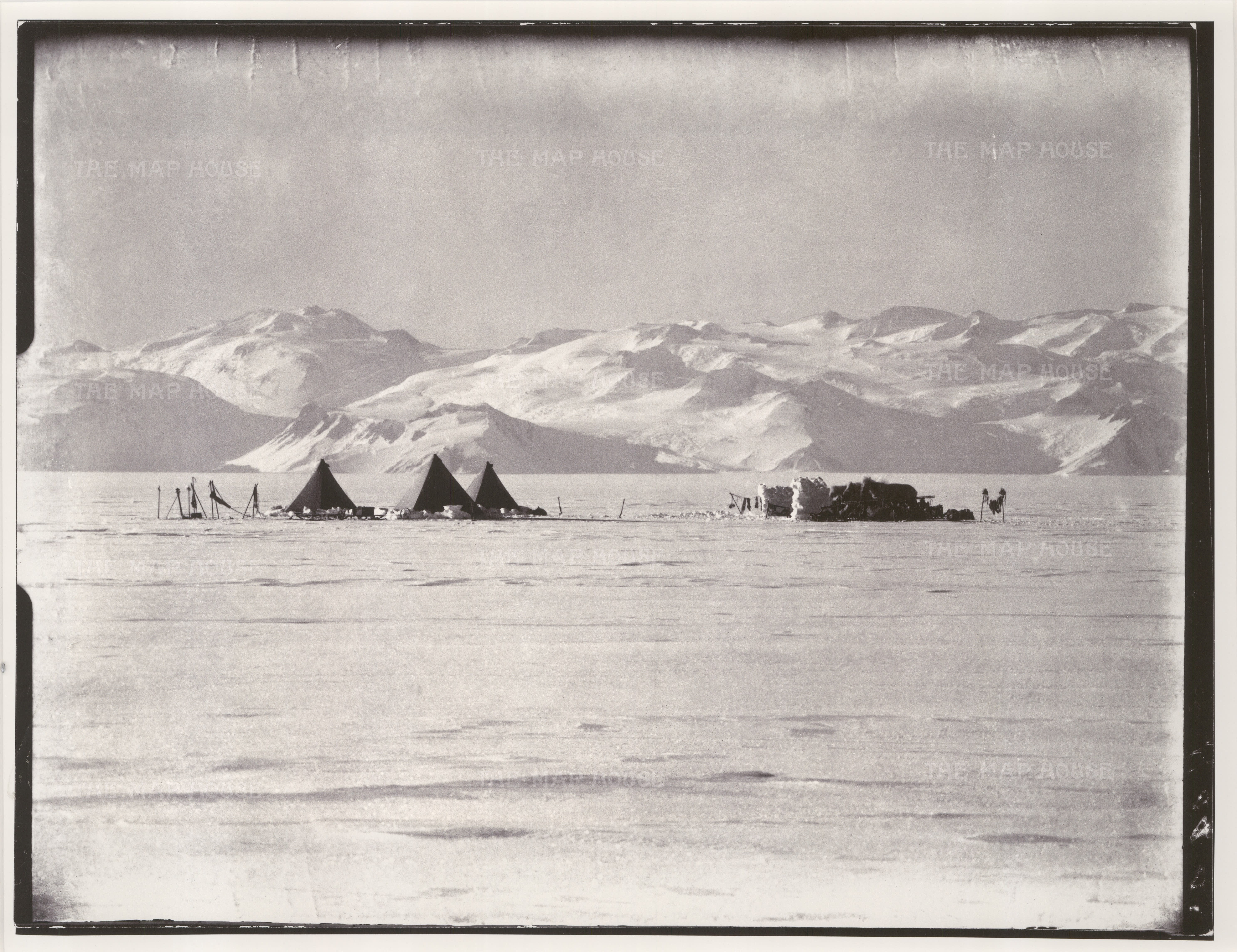
S45: Pony Camp, Camp 26. Looking West to Mount Longstaff, Great Ice Barrier, 1 December 1911
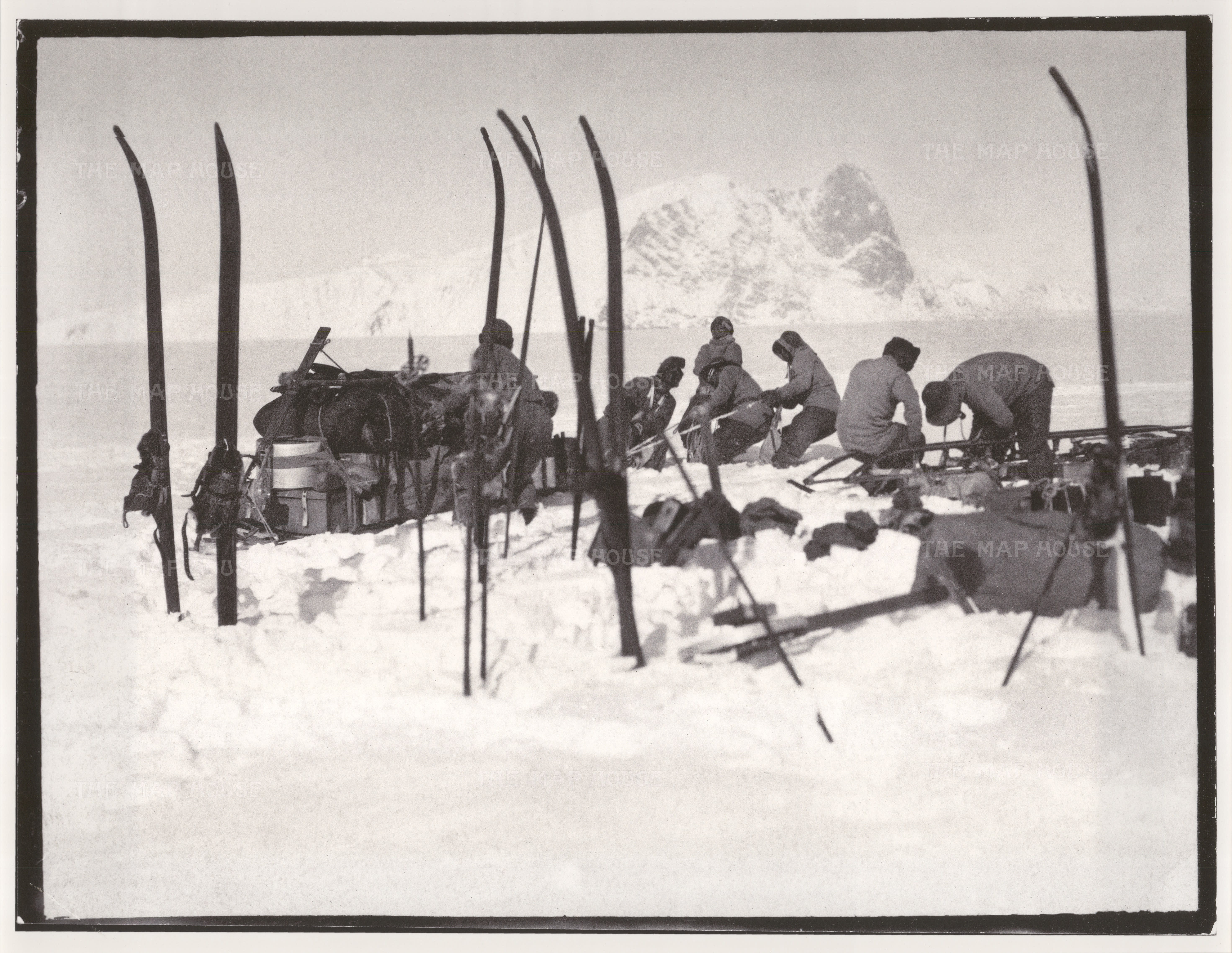
S56c: Foundering in soft snow: Bowers’ sledge team; Wilson pushing; Oates and PO Evans repairing, Beardmore Glacier, 13 December 1911
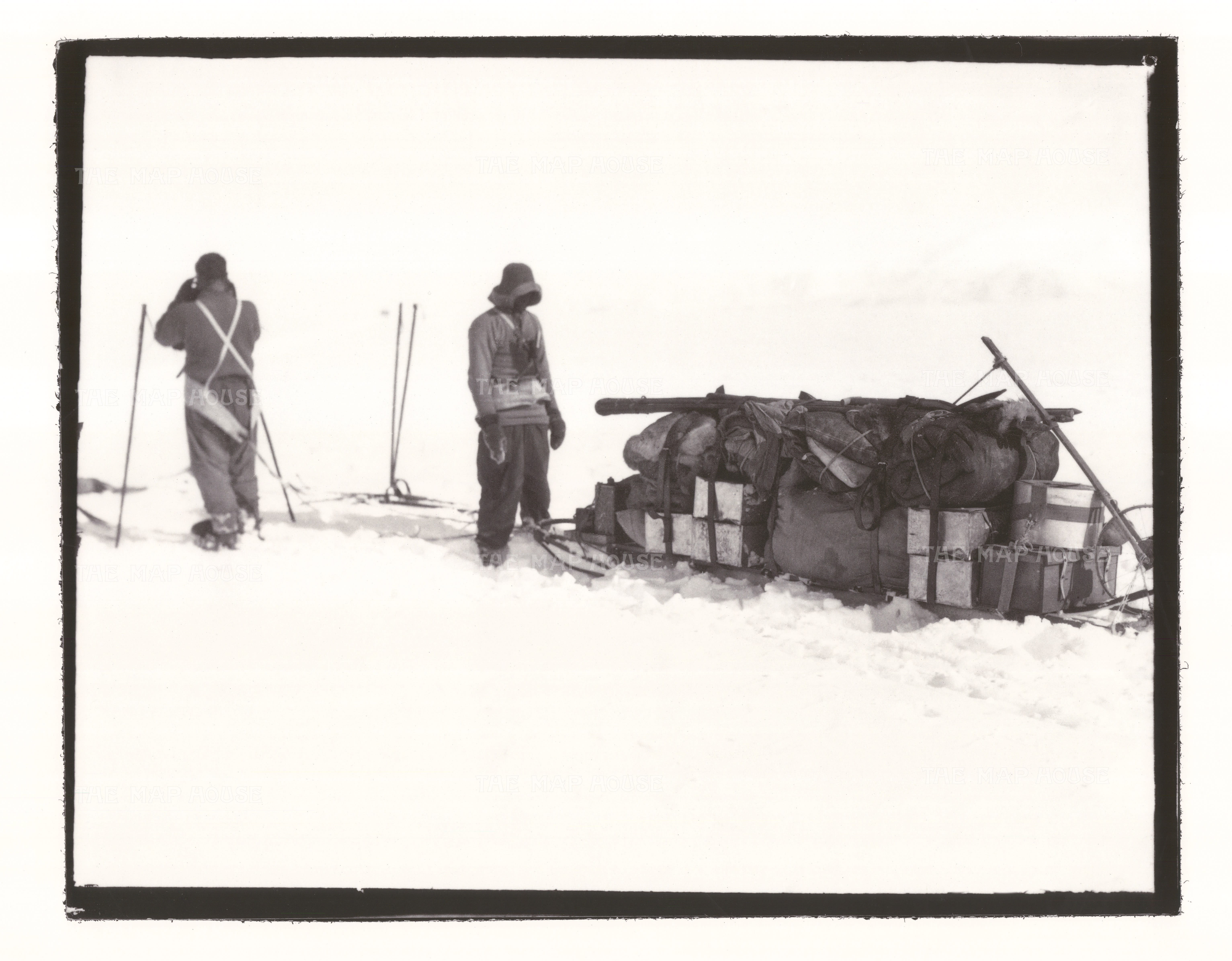
S67: Foundering in soft snow: probably Keohane and Crean waiting to depart, Beardmore Glacier, 13 December 1911
The British Antarctic Expedition, also known as the Terra Nova Expedition was led by Captain Robert Falcon Scott RN. This was Scott’s second trip to the Antarctic, with his first being The National Antarctic Expedition in 1901 – 1904 on the Discovery.
Scott is one of the giants in early Polar exploration; a gentleman who dedicated and bravely gave his life in the quest for scientific discovery and in the challenge of reaching the South Pole. After carefully assembling a team of men to accompany him through the extreme and barren wilderness of the South Polar Region, the Terra Nova left London on June 10th, 1910. They would reach Antarctica in late November.

S18: Herbert Ponting photographing on the lower slopes of Mount Erebus, Cape Evans, October 1911
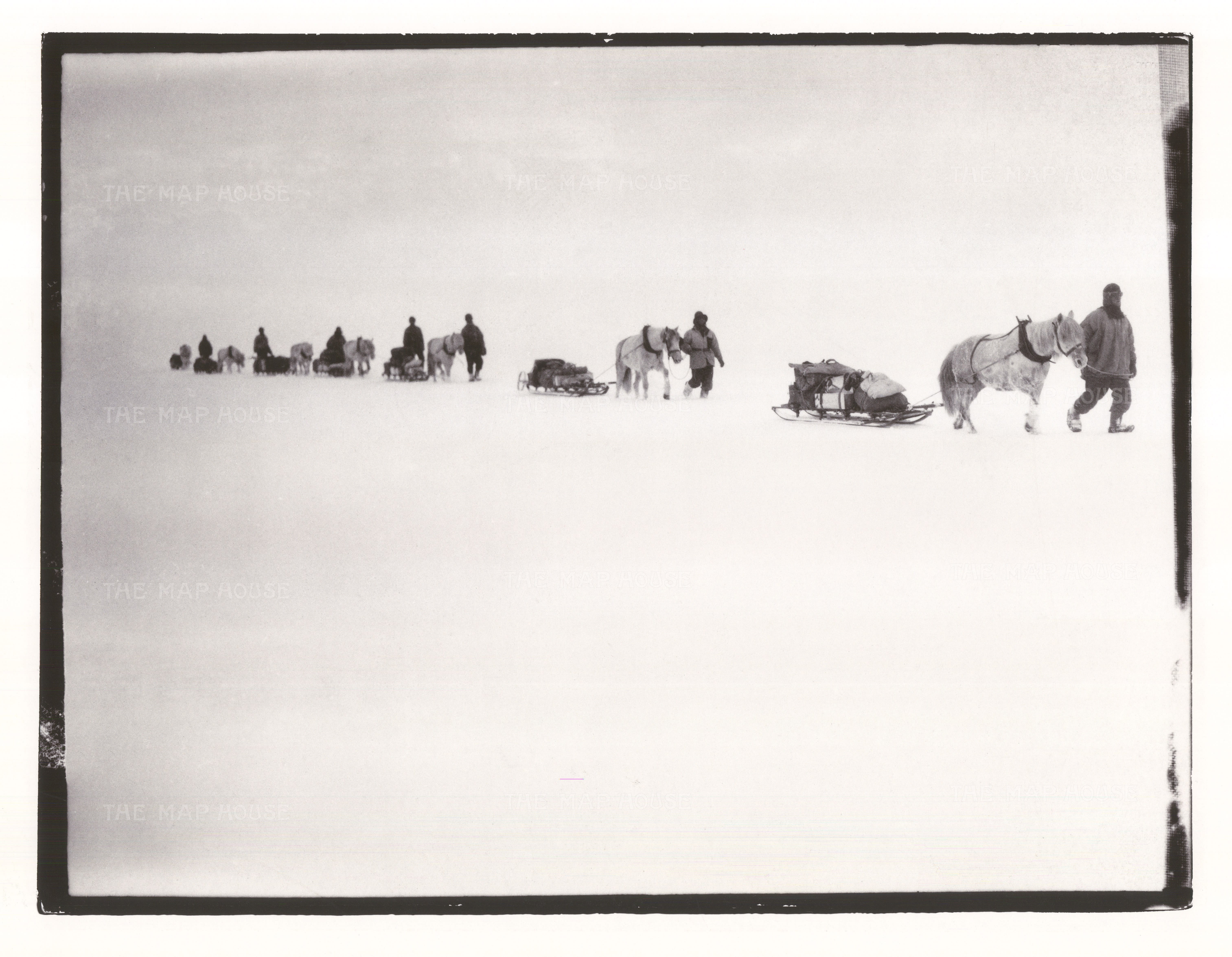
S55a: Ponies on the march, Great Ice Barrier, 2 December 1911
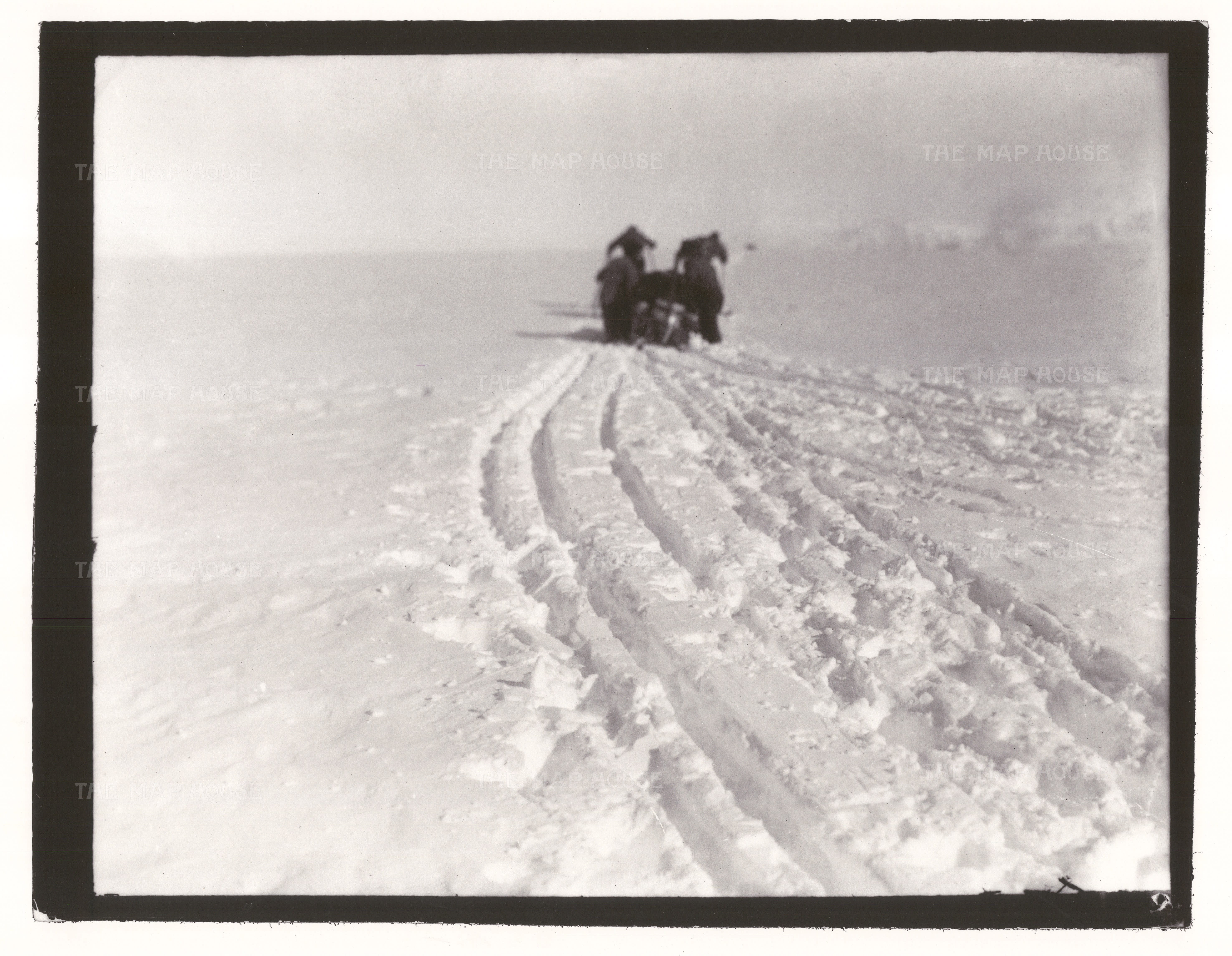
S56: Foundering in soft snow(left to right) Cherry Garrard, Bowers, Keohane and Crean, Beardmore Glacier, 13 December 1911

S56c: Foundering in soft snow: Bowers’ sledge team; Wilson pushing; Oates and PO Evans repairing, Beardmore Glacier, 13 December 1911

S67: Foundering in soft snow: probably Keohane and Crean waiting to depart, Beardmore Glacier, 13 December 1911

S68: Foundering in soft snow: PO Edgar Evans and Captain Oates repairing sledge, Beardmore Glacier, 13 December 1911
The party was made up of Antarctic veterans, British Navy seamen and a plethora of scientists, including Dr. Edward Wilson, who was a close friend of Scott’s and a talented artist. Also joining them on the first leg of their epic journey was pioneering photographer and filmmaker Herbert Ponting. Ponting was invited by Scott with the specific aim of documenting the entire trip – however Ponting was told he was too old to attempt this expedition despite being in his early forties and nearly the same age as Captain Scott.
Ponting taught Scott in length how to use the camera equipment and found that Scott had a natural talent and an eye for composition. The photographs from which these images are made were actually processed at The Hut at Cape Evans, where Ponting had made created a tiny darkroom. The images were carefully developed by one of the Terra Nova’s geologists, Frank Debenham.
S97: Ponies on the march, Great Ice Barrier, 2 December 1911
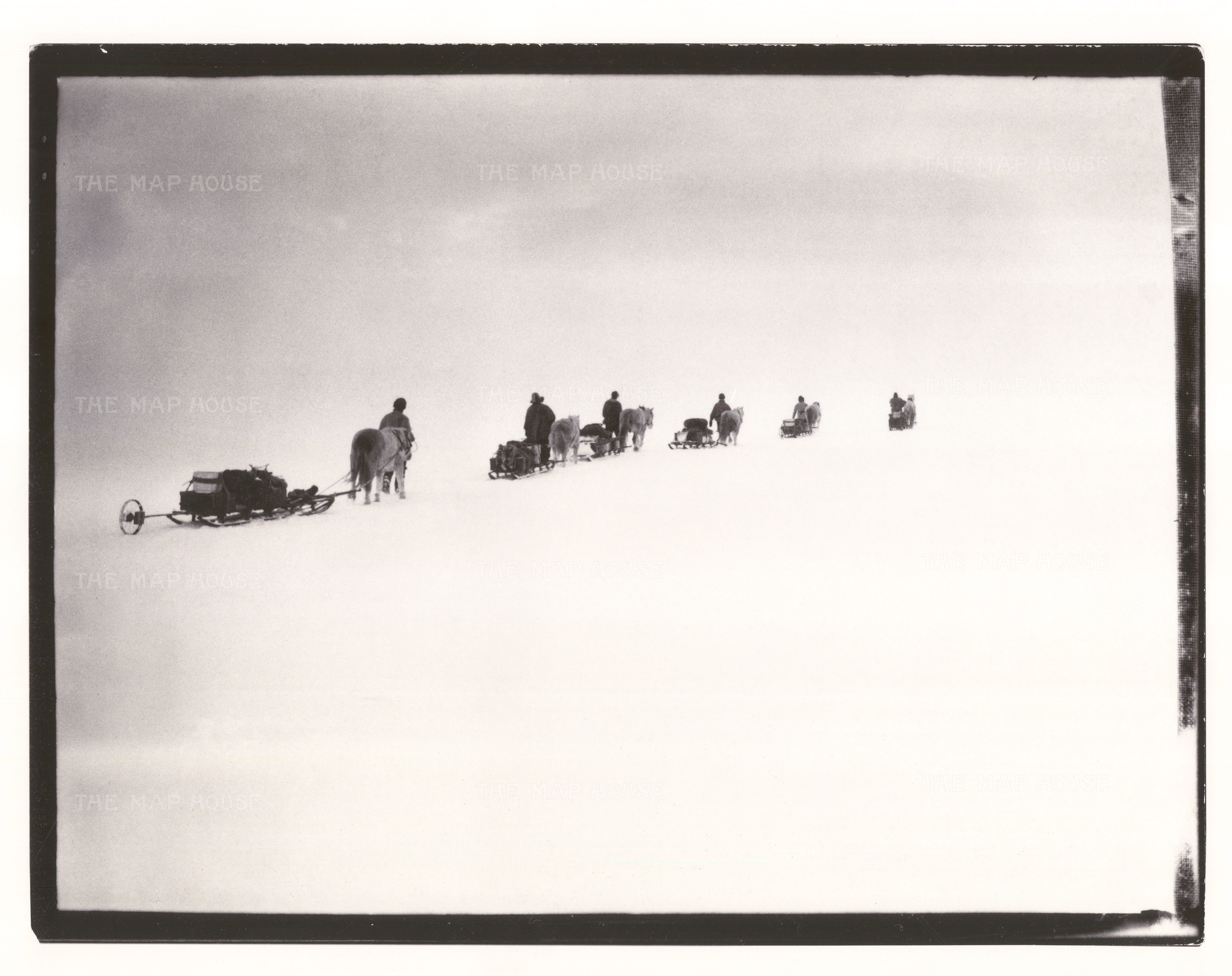
S93: Ponies on the march, Great Ice Barrier, 2 December 1911
Herbert Ponting went on to collate the material he had personally collected into a film released in 1933 named 90 Degrees South.
Tragically, beset by the worsening conditions around them, Scott and his team were beaten to the Pole by Amundsen by just 34 days. On their return from the Pole, they found themselves stranded by increasingly horrendous weather, starvation and frostbite. Edgar Evans collapsed and died at the foot of Beardmore Glacier after a terrible fall; Lawrence “Titus” Oates, crippled with frostbite and fearful of slowing down his comrades, courageously uttered his last words “I am just going outside and may be some time” before stepping out of the tent into a blizzard.

S92: Ponies on the march, Great Ice Barrier, 2 December 1911
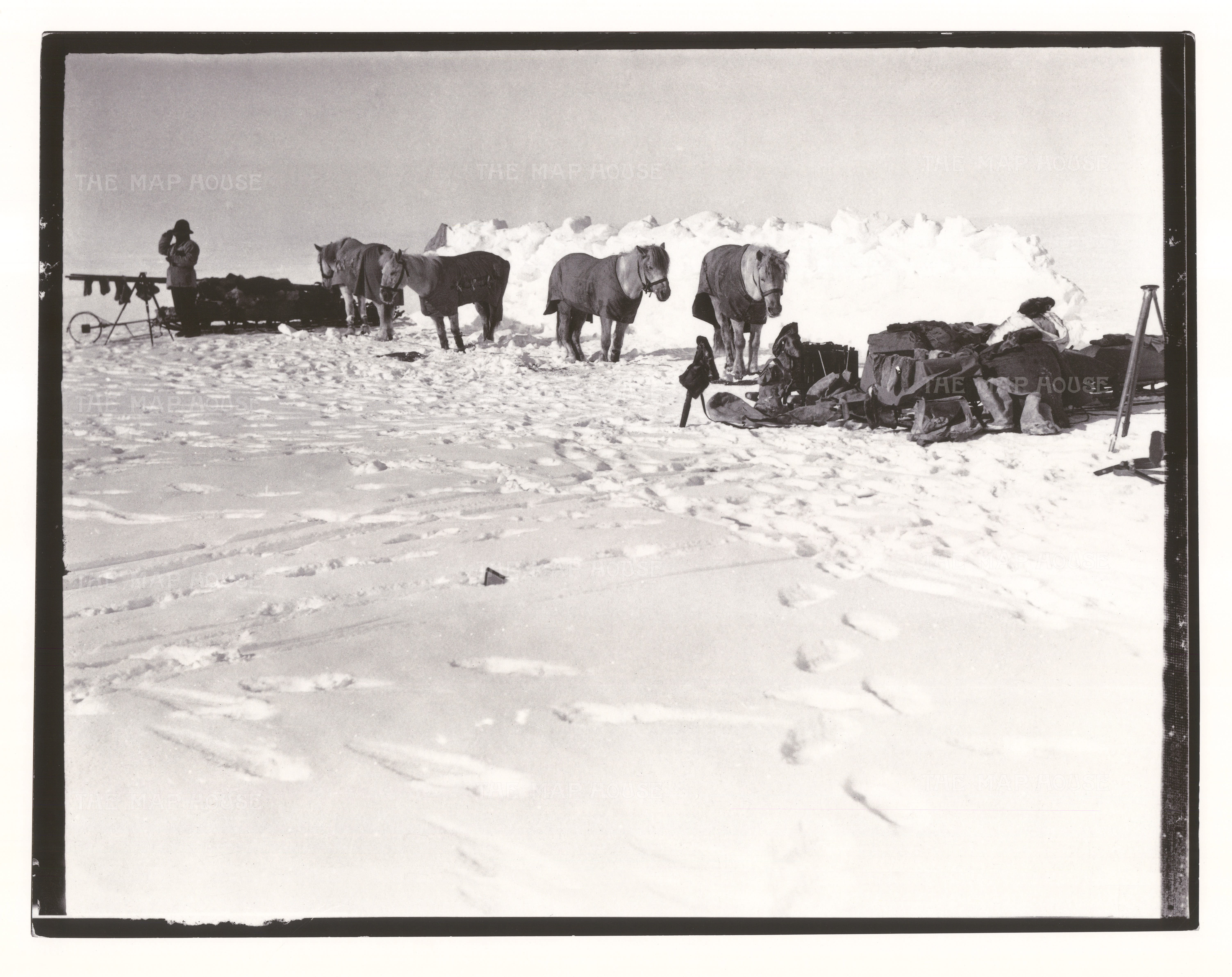
S84: Birdie Bowers and ponies shelter behind an icewall
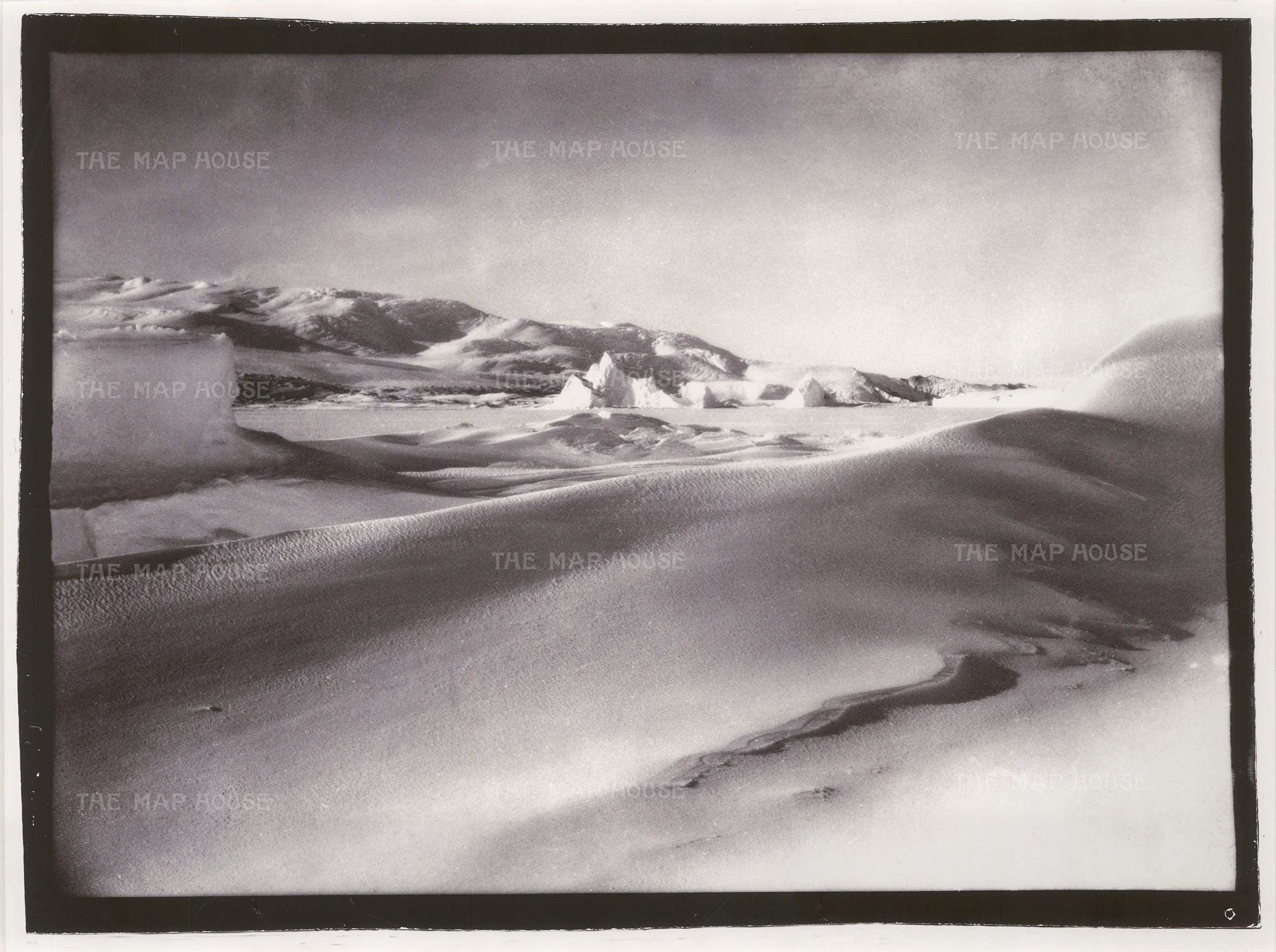
S79: Ice field on the lower slopes of Mount Erebus, Cape Evans, October 1911
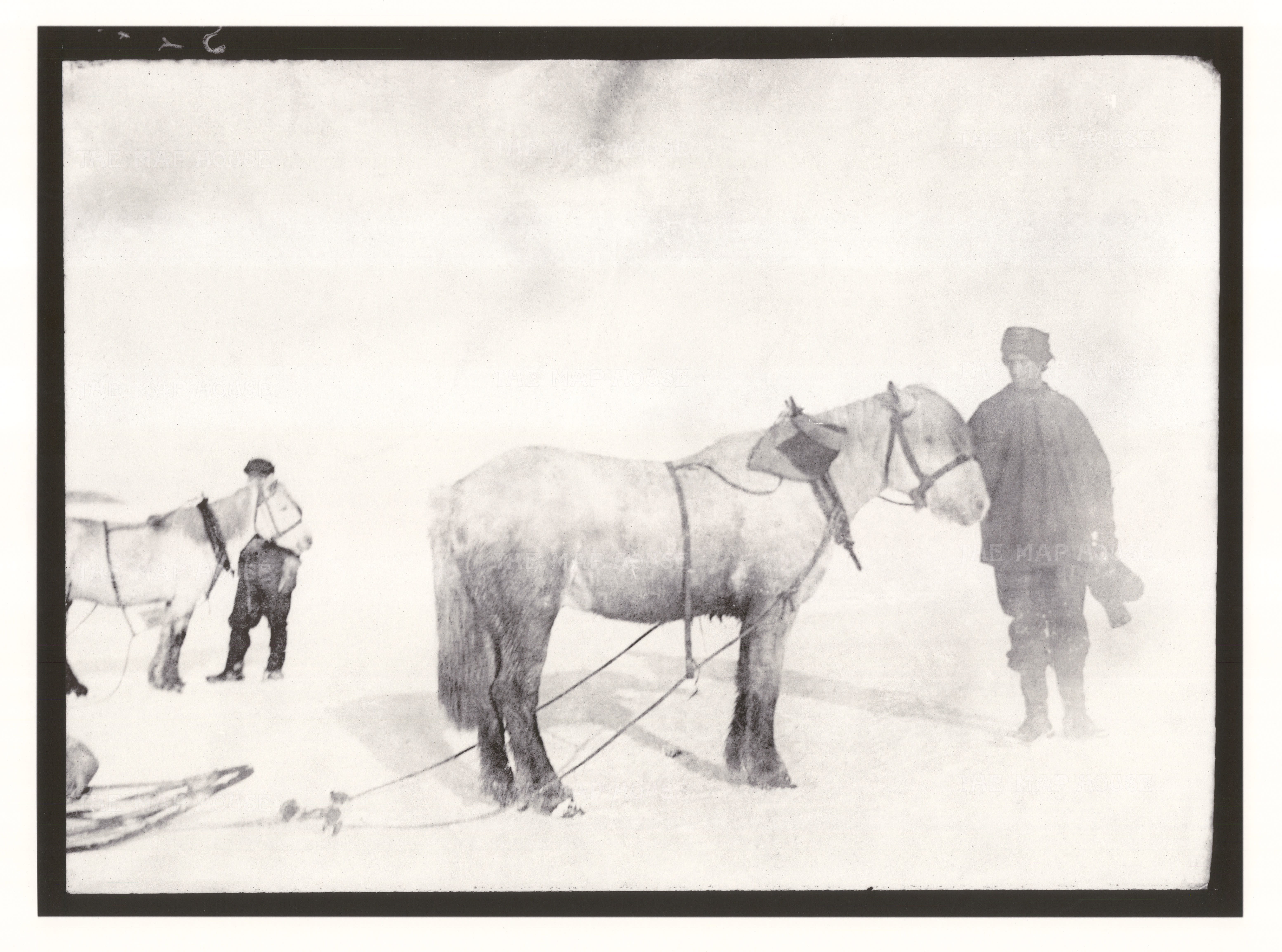
S118: Crean with Bones, and Wilson with Nobby on Cape Evans
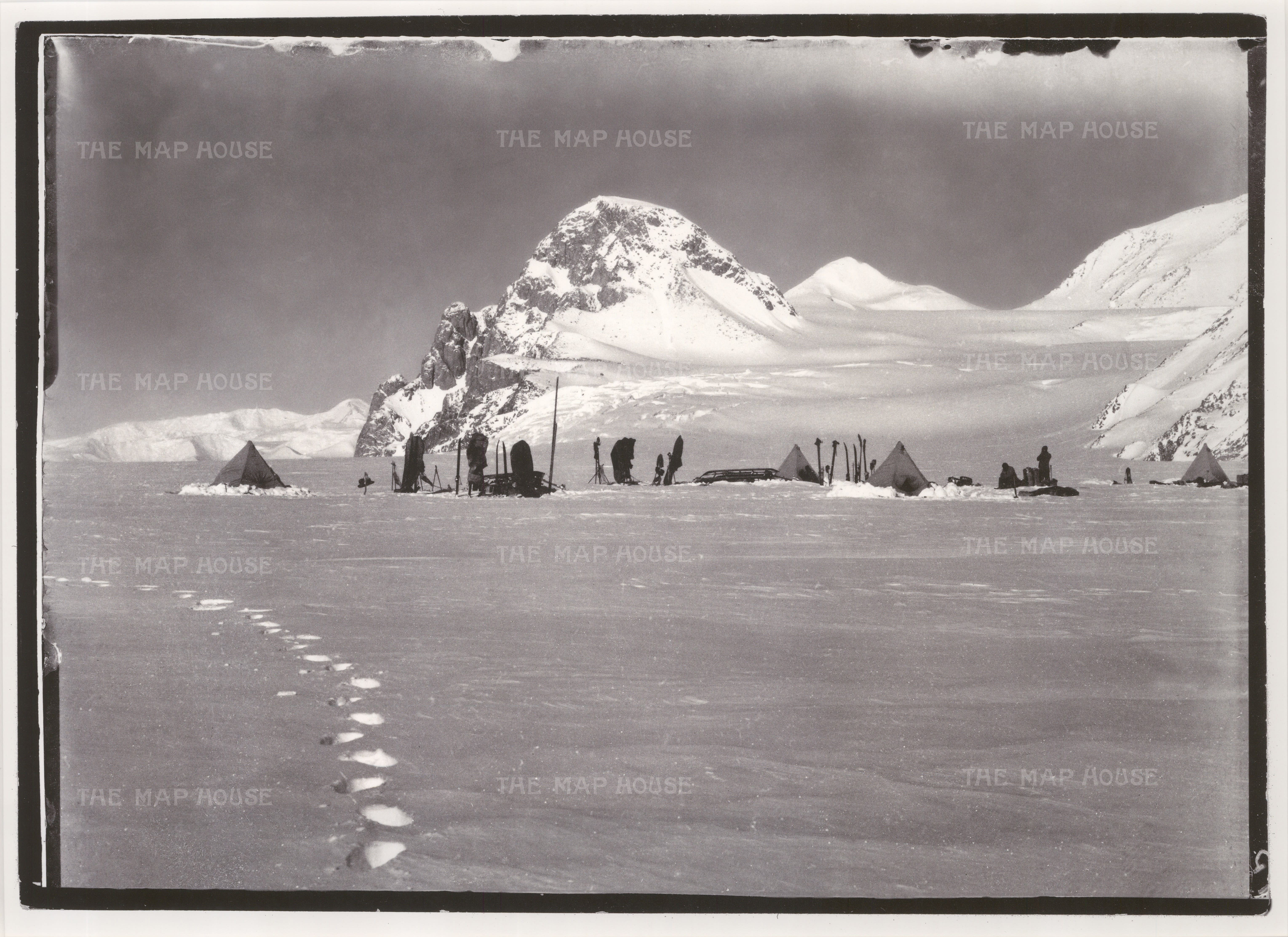
S53: Looking South-South-West towards the Granite Pillars from the Lower Glacier Depot, Beardmore Glacier, 11 Decmber 1911

S111: George Simpson or PO Edgar Evans, Ferrar Glacier, September 1911
Despite this sacrifice Scott, Dr. Edward Wilson and Henry “Birdie” Bowers were unable to continue forward and died in their tent just 11 miles from One Ton Depot, their next point of safety and replenishment. A search party found their bodies and after effects eight months later. They left behind a wealth of noteworthy scientific findings and a legacy of British determination and courage!
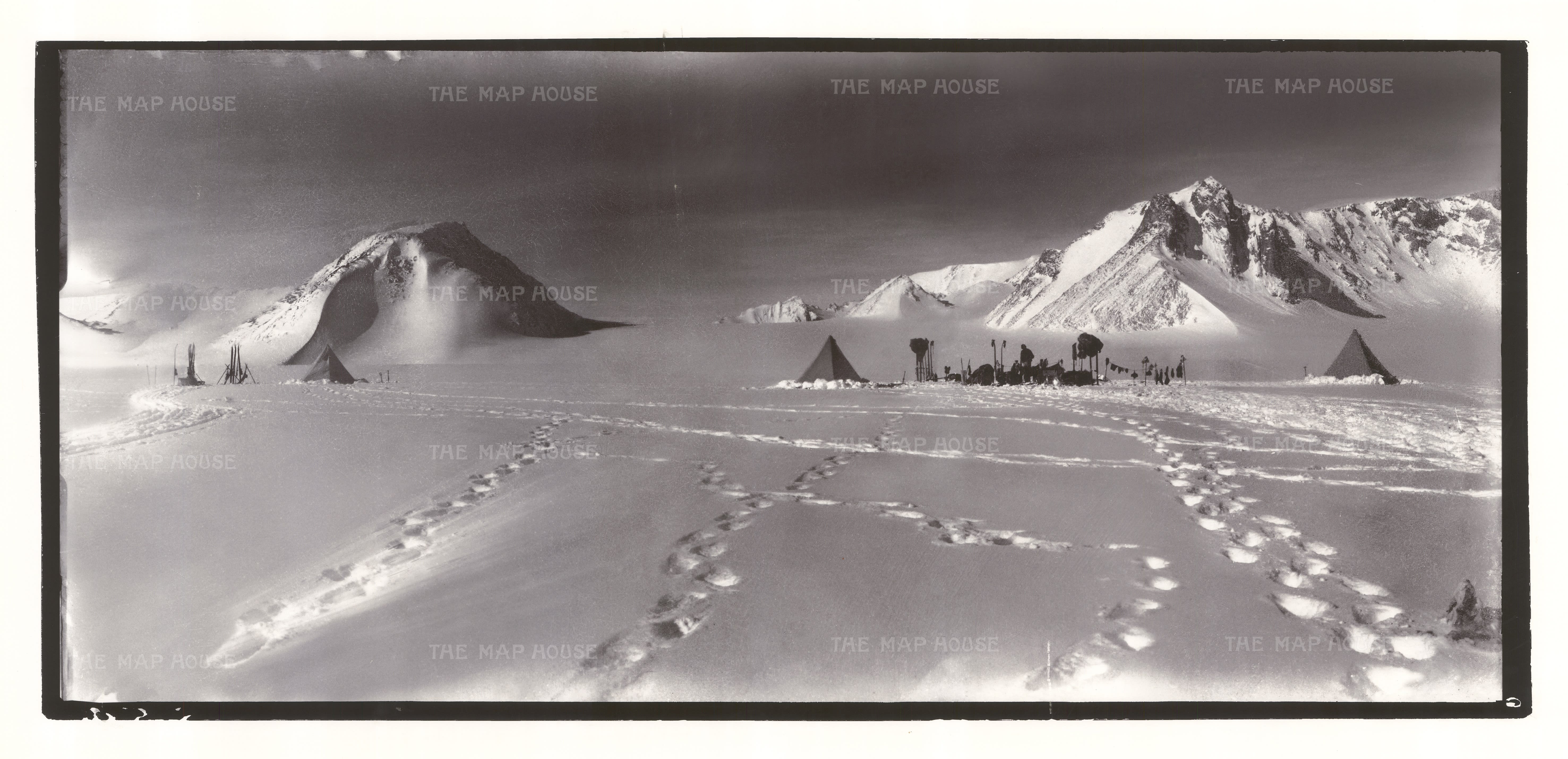
S49 50: Looking up the Gateway to Mount Hope, from Camp 31, Shambles Camp, Great Ice Barrier, 9 December 1911

S32 33: Socks Glacier (left) to Mount Fox (right), Beardmore Glacier, Dr Edward Wilson sketching, 13 December 1911
© Images Copyright of Richard Kossow.
These magnificent images illustrating The Terra Nova Expedition are taken from photographs developed from the original glass plates taken by Scott. They are just a selection of the 109 photographs Scott took on the journey. After their return to the United Kingdom in 1913, there was confusion over copyright and ownership, and for many years they were lost. Eventually and nearly one hundred years later, the remaining negatives and photographs appeared in a New York auction house in the early 21st Century where they were purchased by a private collector.















